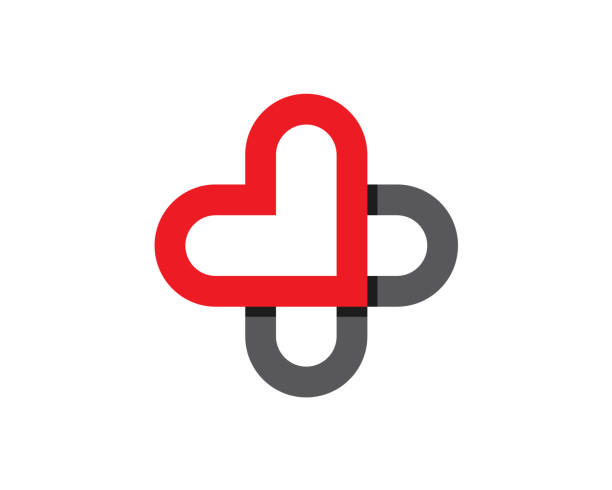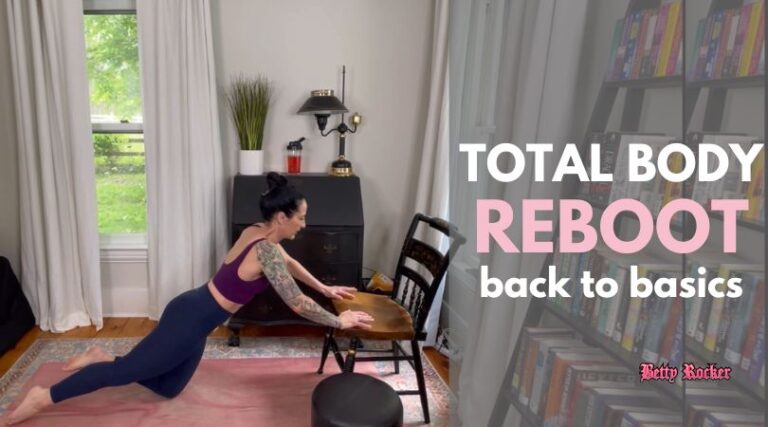The Importance of Daily Movement
In today’s fast-paced world, the significance of daily movement cannot be overstated. Engaging in regular physical activity is crucial for maintaining overall health and well-being. Daily movement not only serves to prevent various health problems but also plays an integral role in enhancing one’s quality of life. Research consistently underscores the relationship between consistent physical activity and a multitude of benefits, such as improved mood, increased energy levels, and better physical health.
The psychological benefits of movement are particularly compelling. Engaging in even modest amounts of daily activity has been linked to reductions in anxiety and depression. This is largely due to the release of endorphins—often referred to as ‘feel-good’ hormones—during physical exertion. Consequently, incorporating movement into your daily routine can lead to enhanced emotional well-being, which is especially important during stressful periods. From a physiological standpoint, regular activity aids in improving cardiovascular health, strengthening muscles, and boosting metabolism.
It is crucial to note that the benefits of daily movement are accessible to individuals at all fitness levels. Whether you are a seasoned athlete or a complete novice, even small increments of movement contribute significantly to long-term health benefits. Simple modifications, such as opting for stairs instead of elevators, taking short walking breaks during work, or performing household chores can make a substantial impact. For individuals who may find extensive workouts daunting, gradually incorporating movement within daily schedules may foster a more sustainable approach to physical health.
Ultimately, prioritizing daily movement helps in building a healthier lifestyle, reduces the risk of chronic diseases, and contributes significantly to mental and emotional well-being. By recognizing the value of daily movement, individuals can create routine practices that promote health, enhance mood, and improve overall vitality.

Beginner-Friendly Workouts: Easy and Accessible Options
For individuals who are new to exercise or seeking simple methods to include physical activity in their hectic schedules, there are many beginner-friendly workouts that can be easily incorporated into daily routines. One of the most accessible forms of movement is walking. Not only is walking low-impact, but it can be integrated into various aspects of daily life. For instance, consider taking a brisk stroll during lunch breaks, opting for stairs instead of elevators, or parking further from entrances to add some extra steps to your day. These small choices can cumulatively lead to significant health benefits without requiring a dedicated workout time.
In addition to walking, stretching is another effective way to facilitate movement throughout the day. Simple stretching routines can be executed effortlessly at a desk, providing immediate relief from tension and enhancing flexibility. For example, a few minutes of neck rolls, shoulder shrugs, and wrist stretches can greatly alleviate discomfort caused by prolonged sitting. Scheduling these short intervals every hour can make the workday more productive and help maintain overall physical well-being.
Yoga is also an excellent option for those beginning their fitness journey. With a variety of beginner yoga poses available, individuals can practice at home or join beginner classes at local studios. Poses such as Cat-Cow, Child’s Pose, and Downward Dog focus on improving flexibility and reducing stress while requiring minimal time commitment. Home practitioners might consider video tutorials or apps that guide beginners through sessions of various lengths, making it easier to fit yoga into a busy lifestyle.
Incorporating these easy and accessible workouts into a daily routine can foster an active lifestyle for beginners, encouraging the habit of regular movement without overwhelming commitments. By making small changes, individuals can enhance their physical fitness and overall well-being.

Create a Weekly Fitness Tracker
A simple weekly fitness tracker is an effective strategy for monitoring your daily activities and ensuring you’re meeting your physical activity goals. First, determine the structure of your tracker. You can choose a digital format like a spreadsheet or a physical one like a notebook. Both serve to document your movements and progress over time.
Be sure to record different types of exercise you perform throughout the week in your tracker. This could include activities like walking, running, cycling, yoga, or strength training. Each entry should detail not only the type of exercise but also the duration. Tracking the time spent on each exercise will help you assess how regularity affects your overall fitness.
An equally important aspect of your tracker is including personal reflections on how you felt before and after each workout. Document your energy levels, mood, and any physical sensations you experienced during exercise. This reflection can give you insight into the impact of different types of movement on your overall well-being and motivate you to continue being physically active. Fitness tracking can promote accountability and motivation. Regularly documenting your progress will make it easier for you to recognize patterns, set realistic goals, and adjust your fitness program accordingly. Over time, you’ll likely notice improvements in performance, which in turn can motivate you to move even more in your daily life. By dedicating yourself to this process, you’ll not only boost your physical health but also develop a habit that encourages continued movement and personal growth.

Tips for Incorporating More Exercise into a Busy Day
Incorporating exercise into a busy day can seem difficult, but with careful planning and commitment, it’s entirely doable. One key strategy is to set specific exercise goals tailored to your personal circumstances. Incorporate short, achievable goals into your daily routine. For example, commit to exercising for at least 10 minutes during your breaks. This could be a brisk walk, a short stretch, or a short workout video. By setting realistic goals, you create a manageable path to increasing your activity level.
Natural breaks throughout the day can also contribute significantly to an active lifestyle. Even with a hectic schedule, you can incorporate exercise by standing during phone calls, taking the stairs instead of the elevator, or doing some bodyweight exercises during your lunch break. These short bursts of activity add up and contribute positively to your overall fitness. These short intervals not only help you stay physically active but also improve focus and productivity, allowing you to tackle your tasks with renewed energy.
Active hobbies can also be an effective motivator for staying active despite a busy schedule. Leisure activities you enjoy, such as dancing, hiking, or sports, can be seamlessly integrated into your daily routine. These enjoyable activities often lead to longer and more sustained periods of exercise without the sense of obligation that comes with structured exercise. By emphasizing the enjoyment of your physical activities, you can maintain a regular routine, no matter how busy you are.
Ultimately, it’s about integrating exercise into your daily routine so that it becomes a natural part of your routine. By setting specific goals, taking short breaks for activities, and pursuing enjoyable hobbies, you can increase your daily activity level and promote a more active lifestyle.
Published by May Healthy Lifestyle





